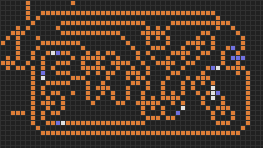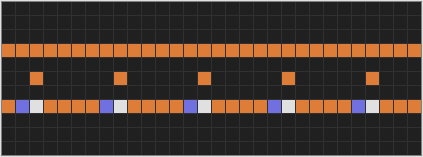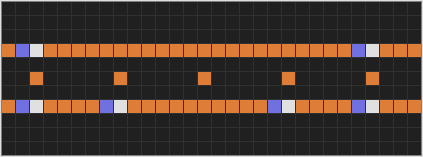I have never fully understood how computers work functionally, until I discovered WireWorld. All concepts of the basics of computers suddenly became very clear to me. How the components within the CPU are interconnected, the parallel processing of signals and the massive delay in assembly language processing.
Although WireWorld was invented back in 1984 and the WireWorld Computer was build in 1992, I only discovered WireWorld in 2009. Since then I have been fully committed to WireWorld and especially to the WireWorld Computer.
Thanks to all who made the WireWorld Computer possible.

Binary to BCD converter



